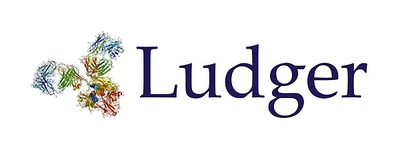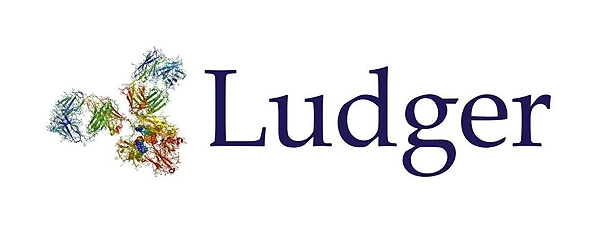- 3% Discount on online orders
- Fast Delivery Times
- DIN ISO 9001:2015 Certified
- Manufacturer Expertise
- Contact Us
Checkout using your account
Checkout as a new customer
Creating an account has many benefits:
- See order and shipping status
- Track order history
- Check out faster
Glycan
Glycans - Analysis of Oligo- and Polysaccharides, Glycoproteins and other related Substances
Glycans are polysaccharides, i.e. large organic molecules that consist of many individual glycosidically linked monosaccharide building blocks. In the literature, the term "glycan" also refers to certain carbohydrate parts of glycoconjugates, e.g. glycoproteins or glycolipids. Well-known substances that are glycans include cellulose, chitin and heparin. Carbohydrates and their conjugates are of enormous physiological importance in plants, animals and humans.
Glycans are becoming increasingly important in analytics and biotechnology - whether in the quality control of biopharmaceutical products or in medical diagnostics. Analysis is often carried out using HPLC-(MS), whereby different separation techniques can be used depending on the analyte.
Products
Technical Data
Difference between glycoproteins and free glycans
Glycoproteins consist of proteins to which sugar structures (glycans) are covalently bound. This glycosylation significantly influences the biological function, stability and interaction of the proteins - especially in biopharmaceutical agents such as antibodies.
Free glycans, on the other hand, are the isolated sugar chains that are enzymatically or chemically separated from glycoproteins. Their analysis provides detailed information about the structure, branching and modifications of the glycans.
Analysing both glycoproteins and free glycans is crucial for quality control and the development of biopharmaceutical products, as even small differences in glycosylation can influence the efficacy and safety of an active ingredient.
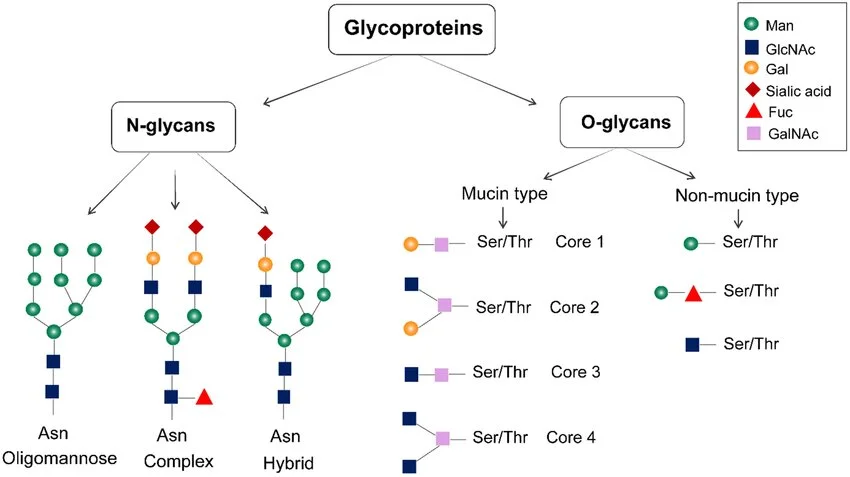
Applications
Separation of procainamide-labelled dextran standards on AMT HALO Glycan
The HALO® GLYCAN core-shell columns from AMT are HPLC columns specially developed for analysing glycans. They are ideal for analysing oligosaccharides and other carbohydrate residues derived from glycoproteins and proteoglycans, for example. The functional group is a novel ligand containing 5 hydroxyl groups, which are bound to the fused-core silica particles via a special linker. Ideally, these columns are used in HILIC separation mode.
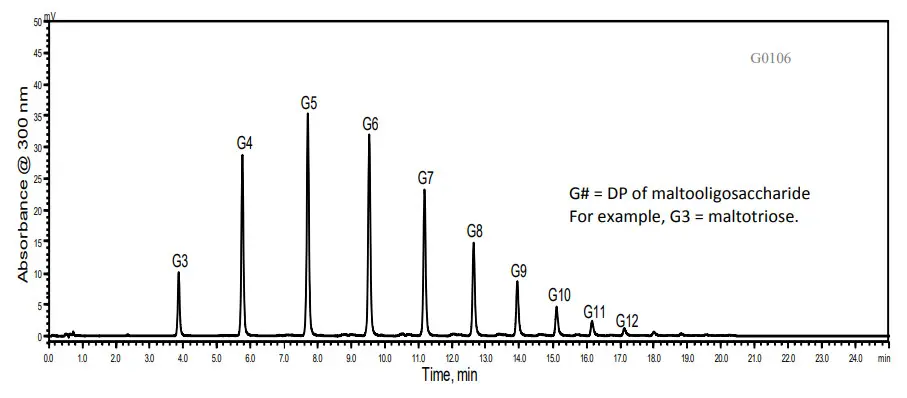
Test conditions
- Column: 2.1 x 150 mm, HALO 2.7 μm glycan (92922-705)
- Mobile phase A: 50 mM ammonium formate, pH 4.45
- Mobile phase B: acetonitrile
- Gradient: 80-55% B in 25 min
- Flow rate: 0.6 mL/min.
- Pressure: 190 bar
- Temperature: 60°C
- Detection: UV 300 nm
- Injection volume: 3 μL sample
- Sample solvent: 70/30 ACN/water
- Response time: 0.5 sec.
- Data rate: 3.3 Hz
- Flow cell: 2.5 μL semi-micro
- LC system: Shimadzu Nexera

Glycan separation with Sepax Proteomix SAX-NP3
Sepax offers the Proteomix SAX HPLC columns for the separation of various glycans, glycoproteins and other substances using ion exchange chromatography.
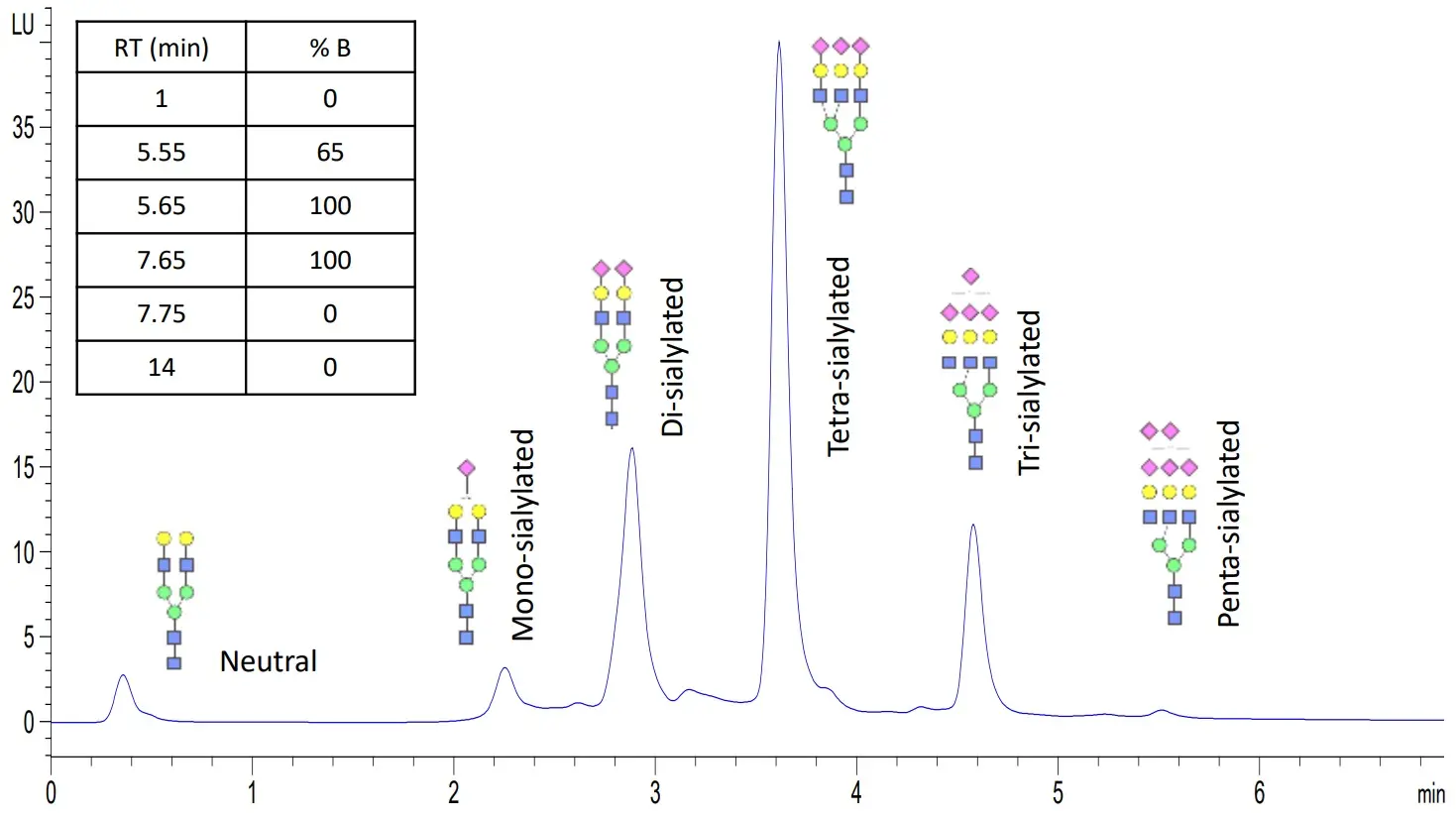
Test conditions
Column: Proteomix SAX-NP3 50x4.6mm (403NP3-4605)
Mobile phase A: 80/20 water/acetonitrile
Mobile phase B: 80/20 250 mM ammonium formate, pH 4.5/acetonitrile
Gradient:
Time / min | %B |
1 | 0 |
5.55 | 65 |
5.65 | 100 |
7.65 | 100 |
7.75 | 0 |
14 | 0 |
Flow rate: 1 mL/min
Detector: Fluorescence, excitation 260 nm, emission 430 nm
Injection volume: 3 µL
Sample: N-Linked Glycans Bovine Fetuin (6.7 pmol/µL)

Downloads
AMT
HPLC - HILIC:
- HALO Glycan
Ludger
HPLC - Reversed Phase:
- LudgerSep R1
- LudgerSep R2
HPLC - IEX:
- LudgerSep C2
- LudgerSep C3
HPLC - HILIC:
- LudgerSep N1
- LudgerSep N2
UHPLC - Reversed Phase:
- LudgerSep UR2
Sample preparation:
- Labelling
- Clean Up
- Ludger Alpha-Gal -containing Biologics Applications
- Ludger Glucose Homopolymer (GHP) - System Suitability and Reference Standard for Glycan Analysis Applications
- Ludger O-Glycosilation Analysis Application
- Ludger Advantages of Ludger Procainamide Labelling Application
- Ludger Quantitative Sialic Acid Analysis Application
Sepax
HPLC - IEX:
- Proteomix SAX-NP10
- Proteomix SAX-NP3
- Proteomix SAX-NP5
HPLC - SEC:
- Zenix SEC-150, 3µm
- Thermo Separation of 2AA-Labeled N-Linked Glycans from Glycoproteins on a High Resolution Mixed-Mode Column
- Thermo Separation of 2AB-Labeled N-Linked Glycans from Bovine Fetuin on a Novel Ultra High Resolution Mixed-Mode Column
- Thermo Separation of 2AA-Labeled N-Linked Glycans from Human IgG on a High Resolution Mixed-Mode Column
- Thermo UHPLC Analysis of 2-AminobenzamideLabeled Glycans with the Vanquish Flex System
- Thermo Reverse phase analysis of free complex glycans
Waters
UHPLC - HILIC:
- ACQUITY UPLC Glycoprotein BEH Amide, 1.7µm
- ACQUITY UPLC Glycan BEH Amide, 1.7µm
- XBridge Glycan BEH Amide, 2.5µm
UHPLC - Mixed Mode:
- ACQUITY Premier Glycan BEH C18 AX, 1.7µm
- XBridge Premier Glycan BEH C18 AX, 2.5µm
HPLC - HILIC:
- XBridge Glycan BEH Amide, 3.5µm
Sample preparation:
- GlycoWorks RapiFluor-MS
- Waters Analysis of Glycopeptide Glycoforms in Monoclonal Antibody Tryptic Digest using a UPLC HILIC Column
- Waters Analysis of N-Linked Glycans from Coagulation Factor IX, Recombinant and Plasma Derived, Using HILIC UPLC/FLR/QTof MS
- Waters Characterization of EPO N-Glycans using RapiFluor-MS and HILIC Profiling
- Waters MaxPeak High Performance Surfaces Technology Improves HILIC Profiling of Released N-Glycans
- Waters N-Linked Glycans of Glycoproteins: A New Column for Improved Resolution
- Waters Quality Control and Automation Friendly GlycoWorks RapiFluor-MS N-Glycan Sample Preparation
- Waters Rapidly Monitoring Released N-Glycan Profiles During Process Development Using Rapi Fluor-MS and the ACQUITY QDa Detector : Waters
- Waters UPLC Separation of 2-AB Labeled Fetuin Glycans Removed by Exoglycosidase
- Waters Comprehensive Characterization of the N and O-Linked Glycosylation of a Recombinant Human EPO
- Waters Enhancing the Peak Capacity of High Molecular Weight N-Glycan HILIC Separations with a Wide-Pore Amide Bonded Stationary Phase
- Waters Developing High Resolution HILIC Separations of Intact Glycosylated Proteins Using a Wide-Pore Amide-Bonded Stationary Phase
- Waters HILIC Glycopeptide Mapping with a Wide-Pore Amide Stationary Phase
- Waters Mapping IgG Subunit Glycoforms Using HILIC and a Wide-Pore Amide Stationary Phase
- Waters Measuring the Glycan Occupancy of Intact mAbs using HILIC and Detection by Intrinsic Fluorescence
- Waters Optimizing HILIC-based Analyses of RapiFluor-MS Labeled Sialylated N-Glycans
- Waters Increased Resolving Power for Acidic Glycans with an MS-Compatible Anion Exchange Reversed Phase Separation
- Waters Application Notes Glycans
- Waters DMB-Labeled Sialic Acid Analyses Using HPLC-, UHPLC-, and UPLC-Based, BEH C18 Columns
The right column for you - we will be happy to support you individually
Competent consultants are always at your side. Write a message to our consultants, we will get back to you and give you individual support.

